Home>Garden Essentials>When To Plant Vinca Seeds
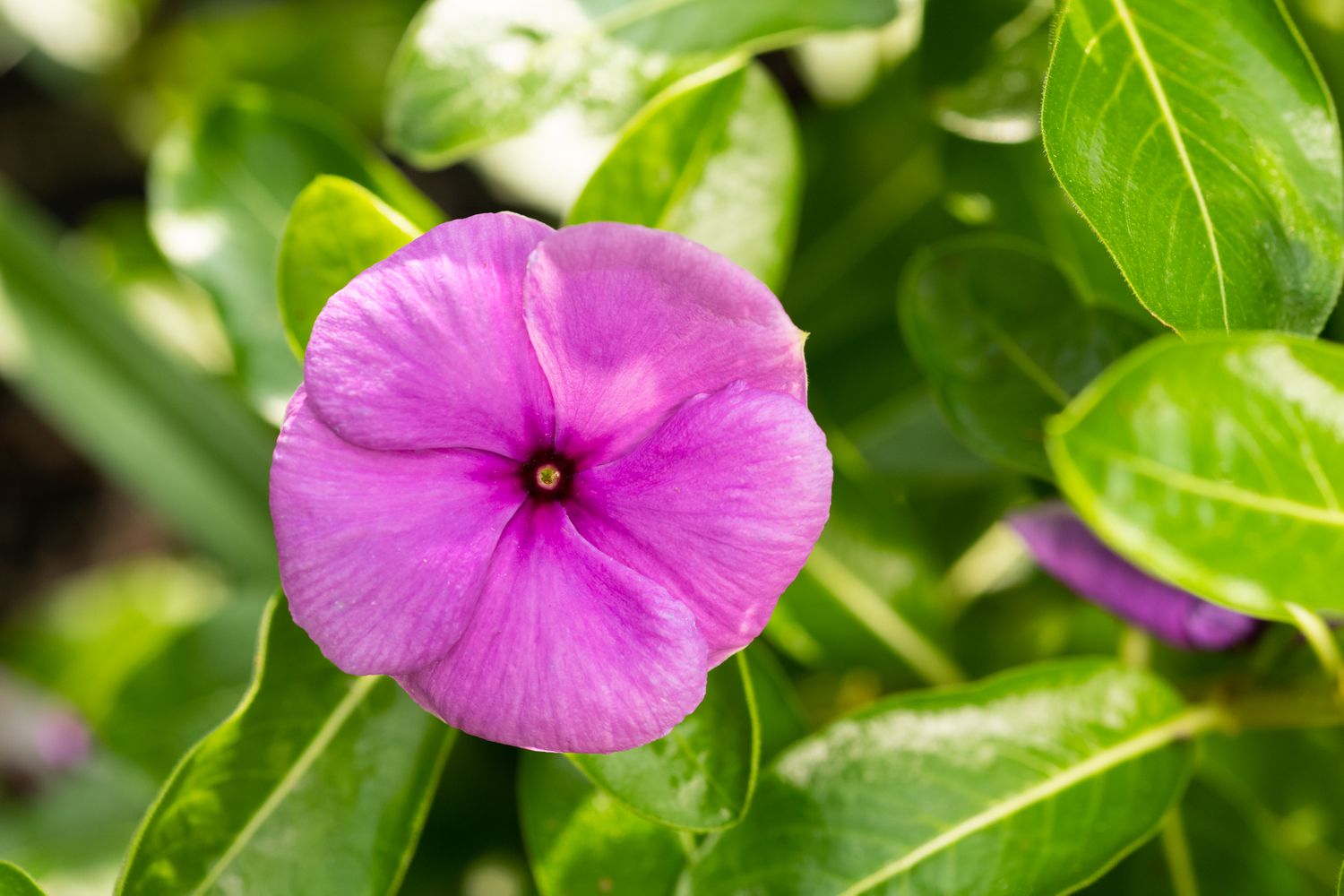

Garden Essentials
When To Plant Vinca Seeds
Modified: March 15, 2024
Wondering when to plant vinca seeds in your garden? Find the perfect time to sow and grow vibrant vinca flowers with our expert gardening tips.
(Many of the links in this article redirect to a specific reviewed product. Your purchase of these products through affiliate links helps to generate commission for Storables.com, at no extra cost. Learn more)
Introduction
Welcome to the wonderful world of gardening! If you’re a plant enthusiast looking to add some vibrant and low-maintenance flowers to your garden, vinca seeds are an excellent choice. Also known as periwinkle or myrtle, vinca is a popular flowering plant that can add a splash of color to any landscape.
But before you dive into planting vinca seeds, there are a few factors you should consider to ensure success. These factors include climate and temperature, soil conditions, sunlight requirement, and timing for planting. By understanding and optimizing these conditions, you can create the optimal environment for your vinca seeds to germinate and thrive.
In this article, we will guide you through the process of planting vinca seeds, both outdoors and indoors. You will learn how to prepare the seeds, determine the best time for planting, and care for the seedlings as they grow. So grab your gardening gloves, and let’s get started on this exciting journey to cultivate beautiful vinca flowers!
Key Takeaways:
- Plant vinca seeds outdoors after the last frost date in well-draining soil, provide 6-8 hours of sunlight, and care for seedlings by watering, thinning, and mulching for vibrant, healthy plants.
- Start vinca seeds indoors 8-10 weeks before the last frost date, provide warmth, light, and gradual acclimation to outdoor conditions for successful transplanting and blooming.
Read more: How To Plant Vinca Ground Cover
Factors to Consider
Before you start planting vinca seeds, it’s important to take into account a few key factors that can greatly impact the success of your garden. These factors include climate and temperature, soil conditions, sunlight requirements, and timing for planting.
Climate and Temperature: Vinca plants thrive in warm and tropical climates. They prefer temperatures between 60°F (15°C) and 80°F (27°C). If you live in a region with cold winters, you may need to consider planting vinca seeds as annuals or growing them in containers that you can bring indoors during the winter months.
Soil Conditions: Vinca plants prefer well-draining soil that is rich in organic matter. Before planting, ensure that the soil has good drainage capabilities to prevent waterlogging, which can lead to root rot. Adding compost or organic matter can help improve soil fertility and structure.
Sunlight Requirement: Vinca plants are sun-loving and thrive in full sun to partial shade. They require at least 6-8 hours of direct sunlight per day to grow and bloom optimally. Make sure to choose a planting location that receives adequate sunlight throughout the day.
Timing for Planting: The ideal time for planting vinca seeds is in the spring when the soil temperature has reached around 70°F (21°C). This typically occurs when the threat of frost has passed. Planting at the right time ensures that the seeds have enough warmth and moisture to germinate and establish themselves.
By taking these factors into consideration, you can create the ideal conditions for your vinca seeds to thrive. Once you have prepared your garden and selected the right time for planting, it’s time to move on to the next step: preparing the seeds.
Climate and Temperature
Understanding the climate and temperature requirements is crucial for successfully growing vinca plants from seeds. Vinca plants are native to tropical and subtropical regions, and they thrive in warm and moderately humid climates.
It’s important to note that vinca is a tender perennial plant. In colder regions where temperatures drop below freezing, vinca is typically grown as an annual or as a container plant that can be brought indoors during the winter months. In these regions, vinca plants may not survive frost and freezing temperatures.
For optimal growth, vinca plants prefer temperatures between 60°F (15°C) and 80°F (27°C). They can tolerate slightly higher temperatures, but prolonged exposure to extreme heat may cause the plants to wilt or suffer from heat stress. If you live in an area with consistently high temperatures, providing some shade during the hottest part of the day can help protect the plants.
When planning to plant vinca seeds, it’s essential to consider the average last frost date in your region. Planting vinca too early, before the threat of frost has passed, can result in the seeds or seedlings being damaged or killed by cold temperatures.
If you are unsure about the average last frost date, you can consult the USDA Plant Hardiness Zone Map or local gardening resources for your specific region. These resources can help you determine the best time to plant vinca seeds and ensure that the plants have the optimal temperature conditions to flourish.
In areas with a longer growing season, where frost is not a concern, vinca can be planted as perennials and will continue to bloom year after year. In these regions, vinca plants can withstand cooler temperatures, but it’s still important to provide them with the warmth and sunlight they need to thrive.
By taking the climate and temperature requirements into account, you can create the ideal conditions for your vinca seeds to germinate and grow into healthy plants. Keep in mind, however, that while vinca is a resilient plant, extreme temperatures on either end of the spectrum can impact its growth and health.
Soil Conditions
The right soil conditions play a vital role in the successful growth of vinca plants from seeds. Vinca plants prefer well-draining soil that is rich in organic matter.
Before planting vinca seeds, it’s important to prepare the soil properly. Start by removing any weeds or debris from the planting area. Vinca plants have shallow roots, so it’s essential to ensure they won’t have to compete with other plants for nutrients and water.
Next, amend the soil to improve its drainage and fertility. Vinca plants can tolerate a range of soil types, including sandy, loamy, and clay soils, as long as the soil drains well. If you have heavy clay soil, consider adding organic matter such as compost or well-rotted manure to improve drainage and provide nutrients to the plants.
Organic matter helps to improve soil structure, retains moisture, and provides essential nutrients to the plants. Spread a layer of compost or organic matter over the planting area and incorporate it into the soil to a depth of about 6 inches (15 cm).
It’s important to note that vinca plants are sensitive to waterlogged soil. Excessive moisture can lead to root rot and other fungal diseases. Ensure that the soil drains well and does not retain standing water after heavy rainfall or watering.
Before planting, it’s a good idea to test the soil’s pH level. Vinca plants prefer slightly acidic to neutral soil with a pH range of 6.0 to 7.0. If the soil pH is outside this range, you can adjust it by adding amendments such as lime to raise the pH or sulfur to lower it.
Once the soil is adequately prepared, it’s time to move on to planting the vinca seeds. With the right soil conditions in place, your vinca plants will have the best foundation for healthy growth and blooming.
Sunlight Requirement
Sunlight is a crucial factor to consider when planting vinca seeds, as it directly affects the plant’s growth, flowering, and overall health. Vinca plants are sun-loving and thrive in areas with ample sunlight.
Vinca plants require a minimum of 6 to 8 hours of direct sunlight per day. This ensures that they receive enough light energy to perform photosynthesis efficiently and produce the vibrant flowers that vinca is known for.
When selecting a planting location, choose an area that receives full sun or partial shade. Full sun refers to an area that receives direct sunlight for most of the day, while partial shade refers to an area that receives direct sunlight for only a portion of the day, usually in the morning or afternoon.
It’s important to note that vinca plants can tolerate some shade, but prolonged periods of shade can result in reduced flowering and weaker growth. Ideally, the plants should be exposed to sunlight during the morning or early afternoon, as this is when the sun’s energy is the most intense.
If your garden doesn’t receive adequate sunlight, you may need to trim or remove any nearby trees or shrubs that are causing excessive shade. This will allow more sunlight to reach the vinca plants and promote their healthy growth.
During hot summer days, it might be beneficial to provide some shade or protection to the vinca plants to prevent them from getting scorched by intense sunlight. This can be achieved by using shading cloths, umbrellas, or placing the plants in a location where they can benefit from partial shade during the hottest hours of the day.
Proper sunlight exposure is crucial for vinca plants to develop strong and sturdy stems and foliage, abundant blooms, and vibrant colors. By ensuring they receive the sunlight they need, you can enjoy a flourishing and beautiful vinca garden.
Read more: When To Plant Yarrow Seeds
Timing for Planting Vinca Seeds
The timing for planting vinca seeds is an important consideration to ensure successful germination and growth. Vinca seeds should be planted when the soil temperature has warmed up sufficiently and the threat of frost has passed.
The ideal time for planting vinca seeds is in the spring, after the last frost date in your region. The soil temperature should be consistently around 70°F (21°C) or higher. Planting too early, before the soil has warmed up, can result in poor seed germination or damage to the seedlings by cold temperatures.
To determine the optimal planting time, you can access local gardening resources or consult the USDA Plant Hardiness Zone Map. These resources provide information about average last frost dates and help you plan your planting schedule accordingly.
If you live in a region with a shorter growing season or colder climate, you may want to consider starting your vinca seeds indoors to get a head start. Indoors, you can control the temperature and provide the ideal conditions for germination.
Starting vinca seeds indoors should be done 8 to 10 weeks before the last frost date. This allows enough time for the seedlings to grow and develop before being transplanted outdoors. Use seed trays or small containers filled with a well-draining seed-starting mix. Plant the seeds at a depth of ¼ inch (6 mm) and keep the soil consistently moist until germination occurs.
Once the seedlings have developed a few sets of leaves and the weather has warmed up, you can carefully transplant them into your garden beds or containers outdoors.
It’s worth noting that vinca plants are fast growers, and seeds usually germinate within 7 to 14 days, depending on the conditions and variety. Regularly monitor the soil moisture and ensure it remains moist but not waterlogged during the germination process.
By timing your vinca seed planting correctly, either directly outdoors or by starting indoors, you give your plants the best chance to thrive and produce an abundance of beautiful blooms throughout the growing season.
Plant vinca seeds indoors 10-12 weeks before the last frost date in your area. Transplant them outdoors after the danger of frost has passed. Keep the soil moist and provide full sun for best results.
Preparing the Seeds
Properly preparing the vinca seeds is an essential step to ensure successful germination and healthy growth. Before planting, there are a few things you can do to improve the seed’s chances of sprouting and thriving.
Cleaning the Seeds: Vinca seeds are typically small and can be coated with a thin layer of pulp or gel-like substance. This coating contains growth inhibitors that can prevent germination. To remove this coating, you can soak the seeds in water for 24 hours or gently rub them between your fingers while rinsing under running water. This process helps to eliminate any inhibitors and allows for better water absorption.
Seed Scarification: Some gardeners recommend scarifying the vinca seeds to enhance germination rates. Scarification involves lightly nicking or scratching the seed’s hard outer coat to help water penetrate and initiate germination. You can achieve this by carefully using sandpaper or a sharp knife to gently create small scratches or nicks on the seed’s surface. Be cautious not to damage the seed too much, as it may hinder germination.
Pre-soaking the Seeds: Pre-soaking the seeds is another technique that can improve germination rates. After cleaning and scarifying the seeds, you can place them in a container with lukewarm water and let them soak for 12 to 24 hours. This helps to soften the seed coat and jumpstart the germination process.
Seed Stratification: Some vinca varieties may benefit from seed stratification, especially those that are native to colder climates. Stratification involves mimicking the natural winter conditions by exposing the seeds to cold temperatures for a certain period. To stratify the seeds, place them in a moist paper towel or a plastic bag with some damp vermiculite or perlite. Seal the bag and refrigerate it for 4 to 6 weeks. After stratification, remove the seeds from the refrigerator and allow them to return to room temperature before planting.
By following these preparation techniques, you can improve the germination rates and ensure a higher success rate for your vinca seeds. Remember to handle the seeds with care to avoid damage and provide the appropriate conditions for planting.
Planting Vinca Seeds Outdoors
Planting vinca seeds outdoors is a simple and rewarding process. With proper preparation and care, you can enjoy a vibrant flower garden in no time. Here’s a step-by-step guide to planting vinca seeds outdoors:
1. Prepare the Soil: Start by preparing the planting area. Remove any weeds or debris and ensure that the soil is well-draining and rich in organic matter. Amend the soil with compost or well-rotted manure to improve fertility and drainage.
2. Sow the Seeds: After the last frost date, when the soil temperature has reached around 70°F (21°C), it’s time to sow the vinca seeds. Create small furrows or shallow holes in the soil, spaced about 6 to 8 inches apart. Place one or two seeds in each hole, covering them lightly with soil. Alternatively, you can sprinkle the seeds on the soil surface and gently press them into the soil.
3. Water: After sowing the seeds, water the planting area gently and evenly. Ensure that the soil is moist but not waterlogged. Keep the soil consistently moist during the germination process, which usually takes around 7 to 14 days. Be careful not to overwater, as excessive moisture can cause the seeds to rot.
4. Thin the Seedlings: Once the seedlings have emerged and grown a few sets of true leaves, it’s important to thin them out. Thin the seedlings to around 6 to 12 inches apart to provide enough space for each plant to grow and develop properly. Use scissors or garden shears to carefully remove the excess seedlings, leaving behind the healthiest and strongest ones.
5. Mulch: Apply a layer of organic mulch around the seedlings to help conserve moisture, suppress weeds, and regulate soil temperature. Mulching also adds nutrients to the soil as it breaks down over time. Use materials such as wood chips, straw, or shredded leaves and spread them evenly around the plants, taking care not to bury the seedlings.
6. Water and Fertilize: Water the plants regularly, providing enough moisture to keep the soil evenly moist. Avoid overwatering, as it can lead to root rot. Additionally, feed the plants with a balanced slow-release fertilizer according to the manufacturer’s instructions. This will ensure that the plants receive the necessary nutrients for healthy growth and blooming.
7. Provide Support: As the vinca plants grow, some varieties may benefit from support to prevent them from sprawling or leaning. You can use wooden stakes or garden trellises to provide support and help the plants maintain an upright form.
8. Monitor for Pests and Diseases: Regularly inspect the plants for any signs of pests or diseases. Common pests that may affect vinca plants include aphids, snails, and slugs. Treat any infestations promptly using organic insecticides or appropriate pest control methods. Also, ensure good air circulation around the plants to help prevent fungal diseases.
With the proper care and attention, your vinca seedlings will grow into healthy plants and delight you with their stunning blooms. Soon enough, your outdoor space will be filled with the vibrant colors of these lovely flowers.
Planting Vinca Seeds Indoors
If you want to get a head start on growing vinca flowers or live in an area with a shorter growing season, planting vinca seeds indoors is a great option. Here’s a step-by-step guide to successfully planting vinca seeds indoors:
1. Gather Supplies: Start by gathering all the necessary supplies, including seed trays or small containers with drainage holes, seed-starting mix or a light potting soil, and a spray bottle for watering.
2. Prepare the Containers: Fill the seed trays or containers with seed-starting mix or a light potting soil. Moisten the soil lightly using a spray bottle or by gently pouring water into the trays until the soil is evenly moist but not waterlogged.
3. Sow the Seeds: Place one or two vinca seeds into each individual cell of the seed tray or small container. Press the seeds gently into the soil, ensuring they are covered with a very thin layer of soil or vermiculite. Alternatively, you can sprinkle the seeds evenly over the surface of the soil and lightly press them into the soil.
4. Provide Proper Conditions: Place the seed trays or containers in a warm and bright location, such as a south-facing windowsill or under grow lights. Vinca seeds require warm temperatures of around 70°F (21°C) for successful germination. Use a propagation heat mat if necessary to provide consistent warmth.
5. Water Regularly: Keep the soil consistently moist but not soaked by misting it with a spray bottle or lightly watering from the bottom. Avoid overwatering, as excessive moisture can lead to damping-off disease or root rot. Check the moisture level daily and adjust the watering accordingly.
6. Germination and Growth: Vinca seeds typically germinate within 7 to 14 days under proper conditions. Once the seedlings have emerged, provide them with adequate light to promote healthy growth. Keep the seedlings well-watered and maintain a temperature range of 65°F to 75°F (18°C to 24°C) for optimum growth.
7. Transplanting: When the seedlings have grown a few sets of true leaves and the last frost date has passed, it’s time to transplant them into larger containers or your garden beds outdoors. Gently remove the seedlings from their original containers, being careful not to damage the delicate roots, and plant them at the same depth as they were in the seed trays. Space the seedlings 6 to 12 inches apart to allow for proper growth.
8. Harden Off: Before permanently planting the vinca seedlings outdoors, gradually acclimate them to outdoor conditions. This process, known as hardening off, involves gradually exposing the seedlings to outdoor elements such as sunlight, wind, and temperature fluctuations. Start by placing them outside for a few hours each day, gradually increasing the duration over the course of one to two weeks.
By following these steps, you can successfully start vinca seeds indoors and enjoy healthy seedlings ready for transplanting outdoors. Indoor planting allows for better control over the germination process, giving your vinca plants a head start for a beautiful and vibrant garden.
Read more: When To Plant Datura Seeds
Caring for Vinca Seedlings
After successfully planting vinca seeds, it’s important to provide proper care to ensure the healthy growth and development of the seedlings. Here are some essential tips for caring for vinca seedlings:
Watering: Keep the soil consistently moist but not waterlogged. Avoid overwatering, as it can lead to root rot. Check the moisture level of the soil regularly, and water the seedlings when the top inch of soil feels dry. Use a watering can or a spray bottle to water gently, ensuring that the soil is evenly moistened.
Light and Temperature: Place the seedlings in a spot where they receive bright, indirect light for at least 6 to 8 hours a day. If growing them indoors, you can supplement natural light with the use of grow lights. Maintain a temperature range of 65°F to 75°F (18°C to 24°C) to promote healthy growth. Avoid exposing the seedlings to extreme temperature fluctuations, as it can stress the plants.
Thinning: When the seedlings have grown a few sets of true leaves, thin them to allow enough space for each plant to grow. Carefully remove the weaker or overcrowded seedlings, leaving behind the healthiest and strongest ones. This ensures that each plant has room to develop a strong root system and access to essential nutrients and resources.
Fertilizing: Once the seedlings have established themselves and started to show active growth, you can begin fertilizing. Use a balanced liquid fertilizer diluted to half strength or a slow-release granular fertilizer according to the manufacturer’s instructions. Apply the fertilizer every two to four weeks to provide the necessary nutrients for healthy foliage and flower development.
Support: As the seedlings grow, some vinca varieties may benefit from support to prevent them from sprawling or leaning. You can provide support by gently tying the stems to stakes or using small plant cages. Be cautious not to damage the delicate stems while providing support.
Weeding and Mulching: Regularly remove any weeds or unwanted vegetation around the seedlings. Weeds can compete with the seedlings for nutrients and water. Applying a layer of organic mulch, such as straw or wood chips, around the seedlings can help suppress weeds, retain soil moisture, and regulate soil temperature.
Pest and Disease Control: Monitor the seedlings regularly for any signs of pests or diseases. Common pests that may affect vinca plants include aphids, snails, and slugs. Treat any pest infestations promptly using organic insecticides or appropriate pest control methods. Ensure good air circulation around the seedlings to prevent fungal diseases like powdery mildew.
Transplanting: When the weather is consistently warm and all risk of frost has passed, you can transplant the seedlings into your garden beds or containers outdoors. Gradually acclimate the seedlings to outdoor conditions over a period of one to two weeks, a process known as hardening off, to minimize transplant shock.
By providing proper care to your vinca seedlings, you’ll help them establish a strong and healthy foundation for the growing season. With continued care and attention, your vinca plants will reward you with beautiful blooms that add color and charm to your garden.
Conclusion
Planting vinca seeds is a rewarding and enjoyable endeavor that allows you to cultivate beautiful flowers in your garden. By considering factors such as climate and temperature, soil conditions, sunlight requirements, and timing for planting, you can create an optimal environment for your vinca seeds to thrive.
Whether you choose to plant vinca seeds outdoors or start them indoors, following the proper techniques and providing adequate care is essential for their success. Preparing the seeds by cleaning, scarifying, or pre-soaking them can improve germination rates and ensure healthy growth.
When planting vinca seeds outdoors, prepare the soil, sow the seeds at the right depth, and provide proper water and sunlight. Thin the seedlings to allow for adequate space, mulch to conserve moisture, and fertilize to promote healthy foliage and blooming.
If starting vinca seeds indoors, use seed trays or small containers with well-draining soil, provide adequate light and warmth, and water the seedlings gently. Transplant them outdoors after the last frost date and gradually acclimate them to outdoor conditions.
Caring for vinca seedlings involves regular watering, providing the right light and temperature conditions, thinning the seedlings, fertilizing, supporting the growing plants, and preventing pests and diseases. With proper care and attention, the seedlings will establish themselves and grow into vibrant, healthy vinca plants.
Remember to enjoy the process and be patient as your vinca plants grow and develop. The beautiful flowers that vinca plants produce will bring joy to your garden and attract pollinators such as butterflies and bees.
In conclusion, planting vinca seeds is a wonderful way to add color and beauty to your garden. By understanding the requirements of vinca plants and providing proper care throughout the growing season, you can create a stunning display of vibrant flowers that will brighten up your outdoor space. So grab your gardening tools and get ready to enjoy the beauty of vinca plants in your garden!
Frequently Asked Questions about When To Plant Vinca Seeds
Was this page helpful?
At Storables.com, we guarantee accurate and reliable information. Our content, validated by Expert Board Contributors, is crafted following stringent Editorial Policies. We're committed to providing you with well-researched, expert-backed insights for all your informational needs.








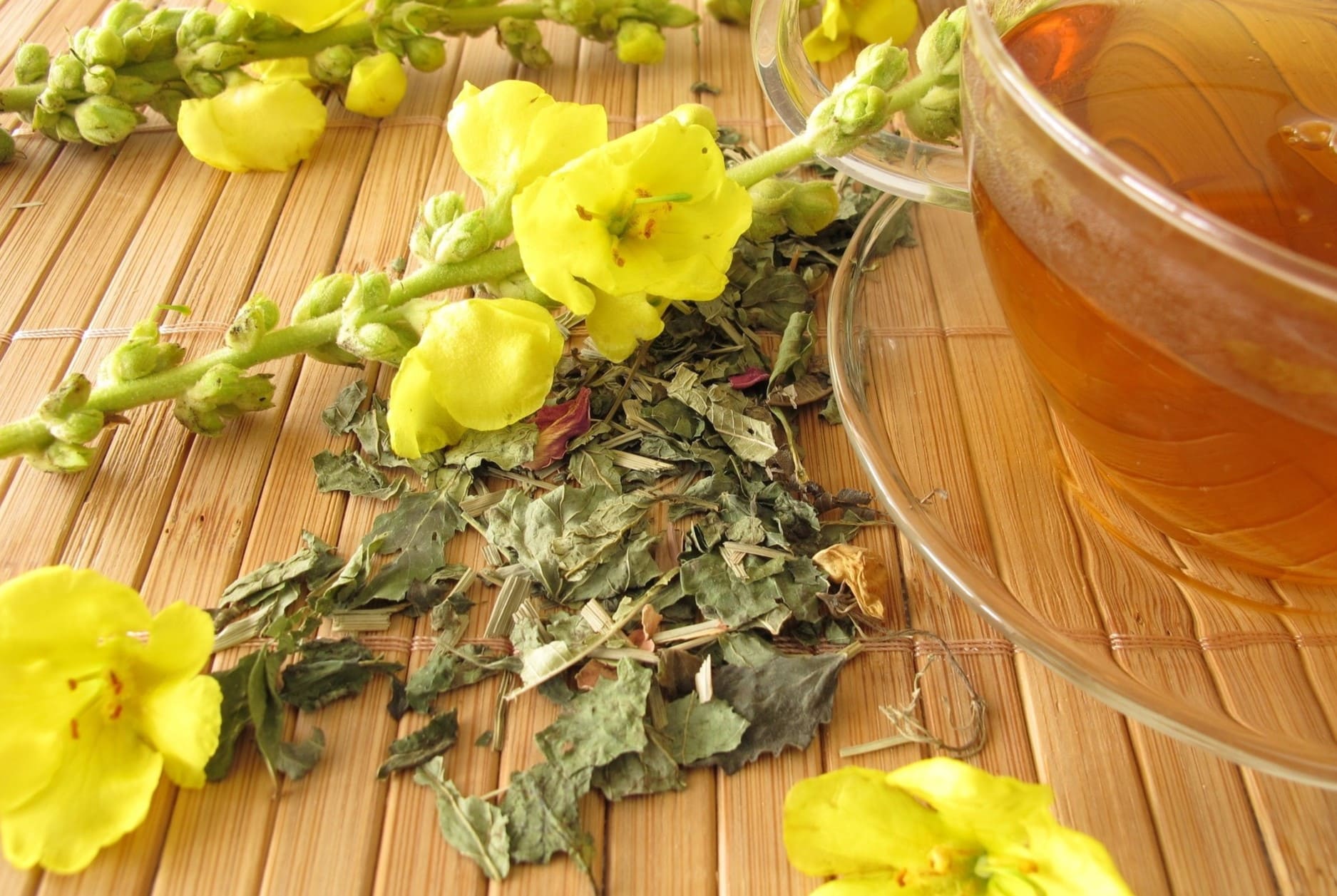
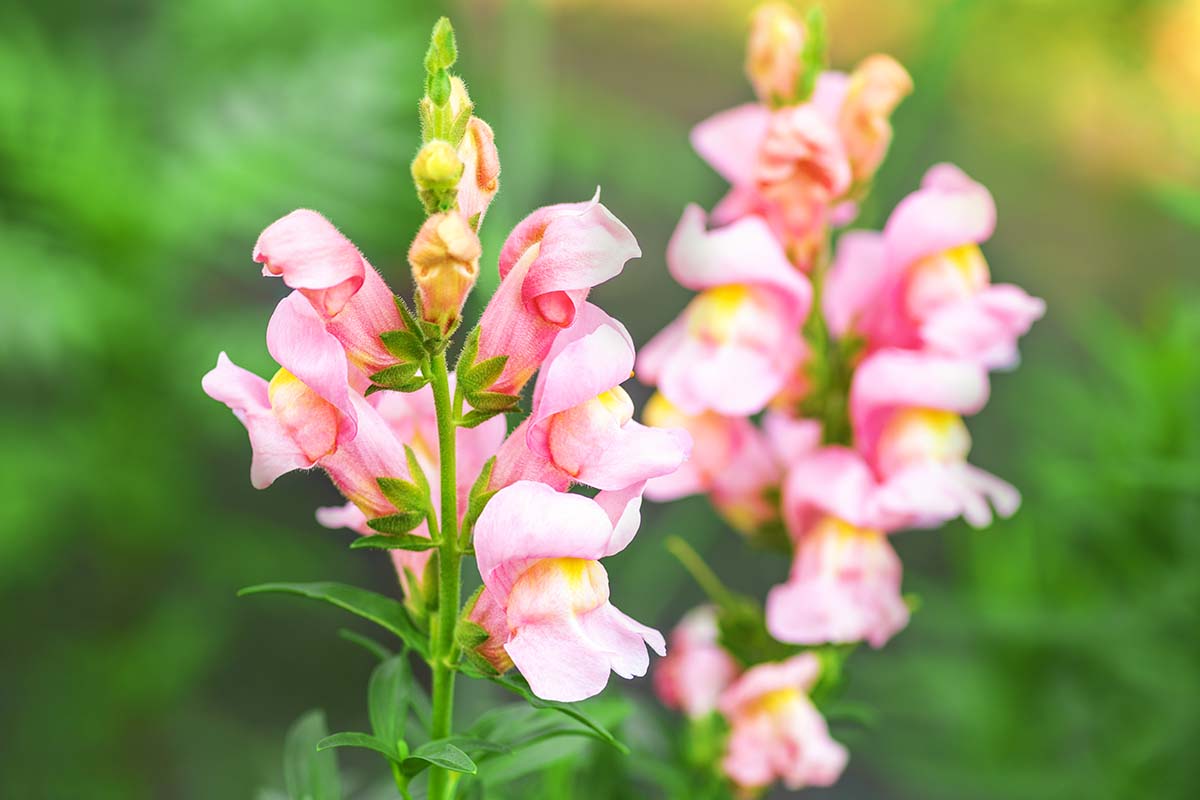
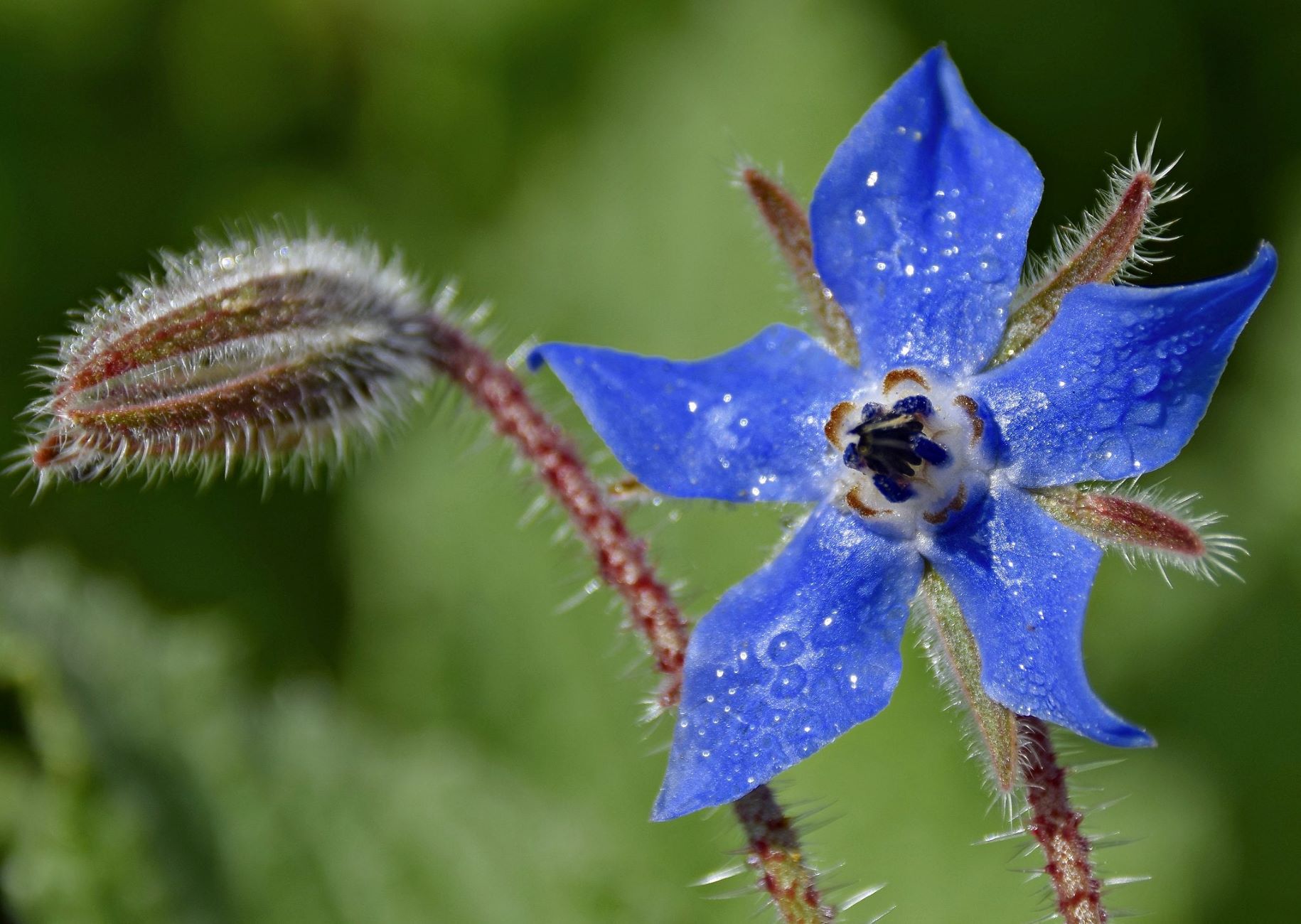
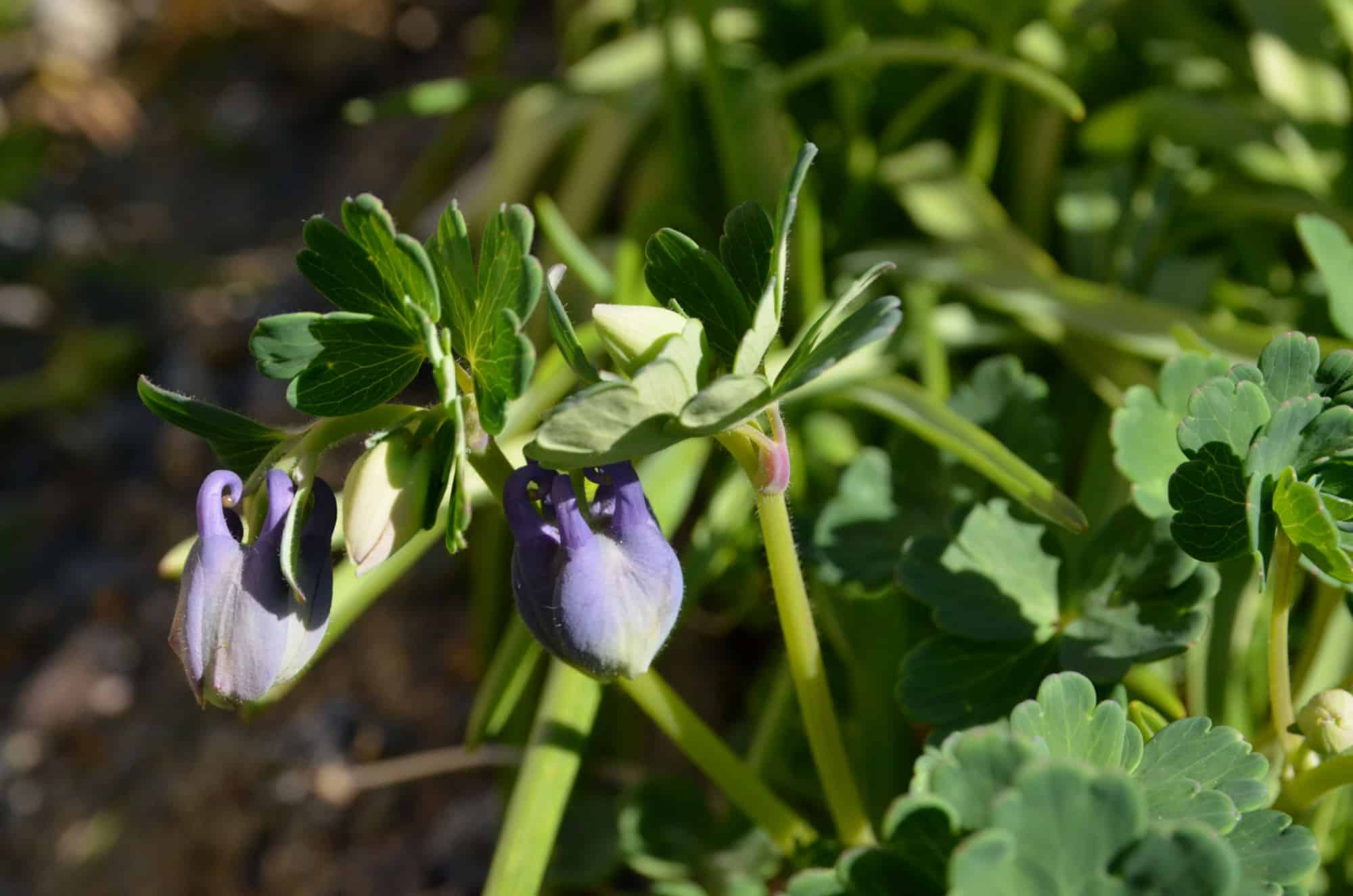
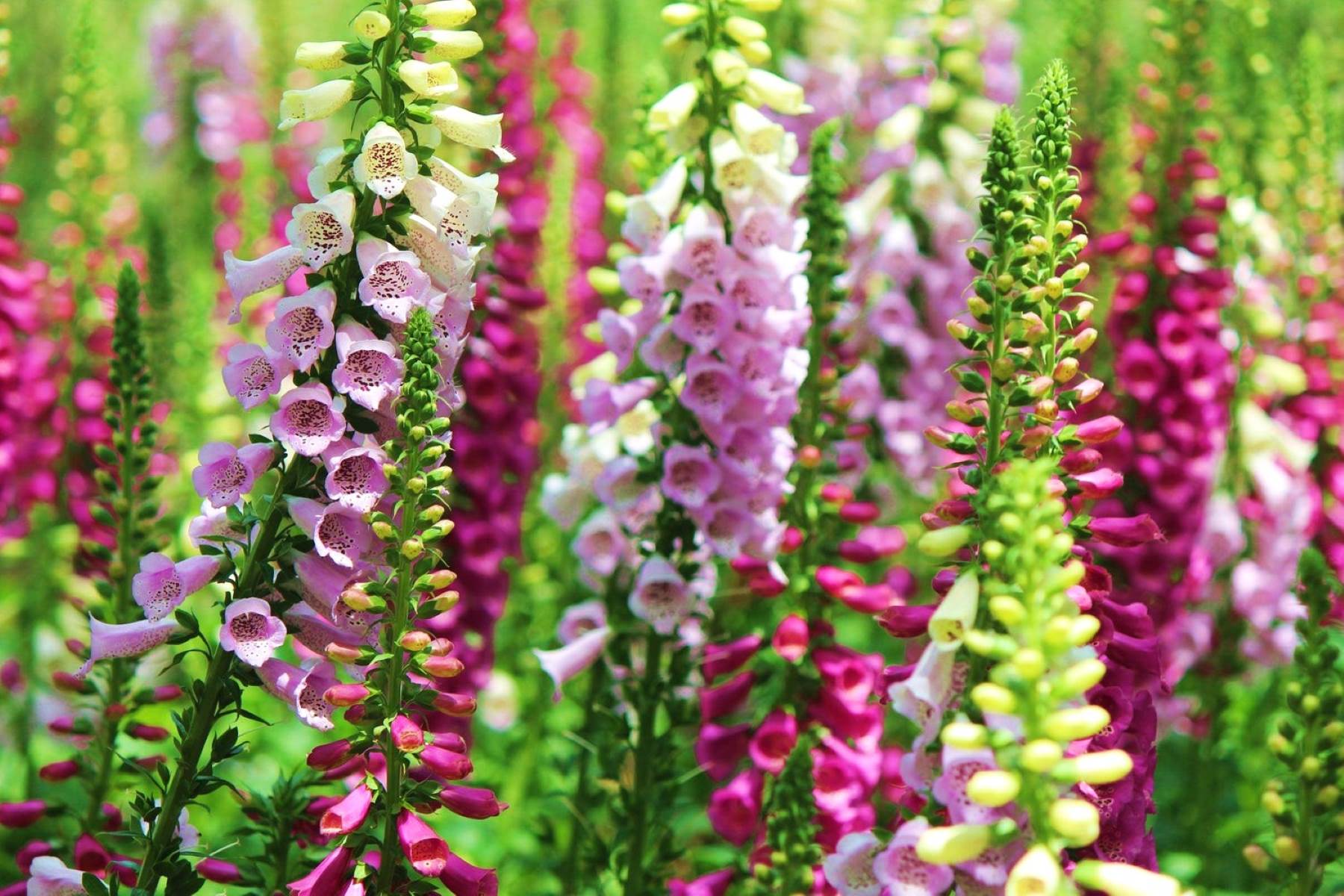

0 thoughts on “When To Plant Vinca Seeds”